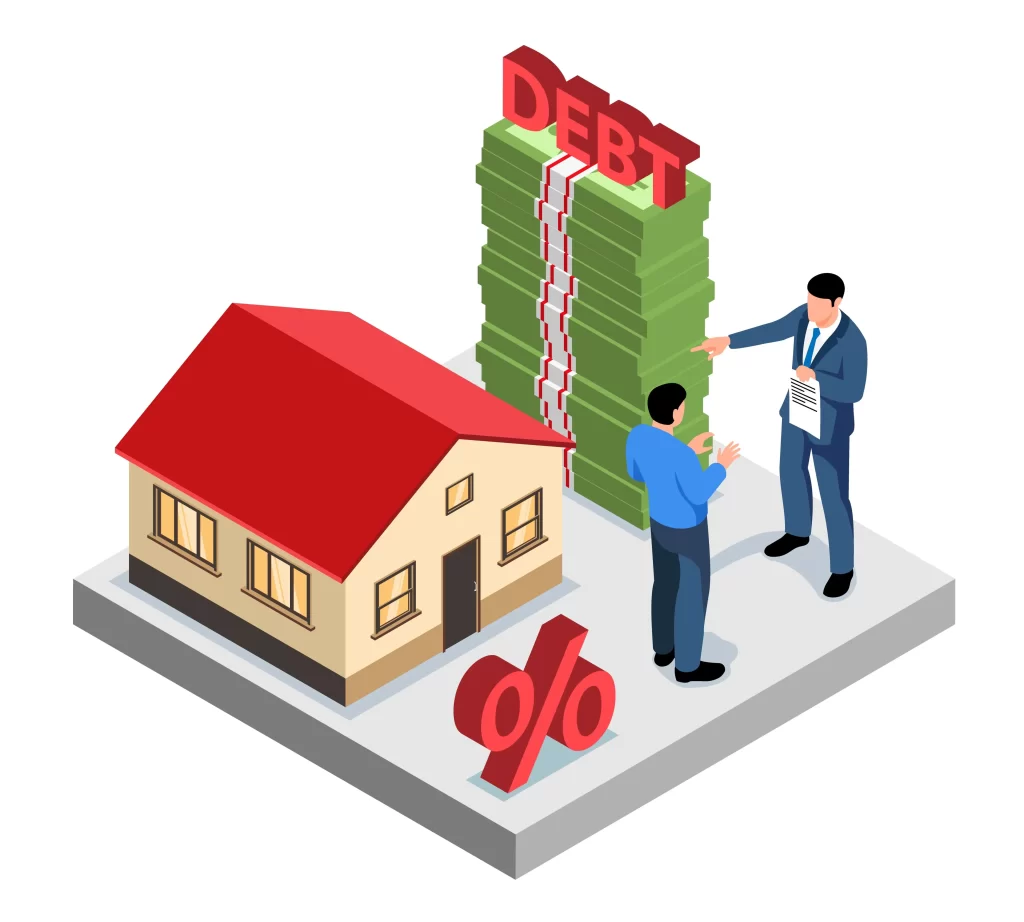Table of Contents
ToggleThe FHA, or Federal Housing Administration, provides insurance for most mortgages as long as they are for primary residences. However, there has always been an upper limit on borrowing, which has restricted buyers from chasing properties with higher values.
These limits are set according to the counties in every state and are adjusted yearly in the same way Freddie Mac and Fannie Mae-backed loan limits are set by the Federal Housing Finance Agency. Recently, the FHA has brought great news for homebuyers as the limits have been raised. This blog will share the current information and see how it impacts the scenario.
How are FHA Loan Limits Set?
The FHA considers two things while setting loan limits: the average price of a home in a designated area and the loan limit for conforming to traditional loans. It uses the national conforming loan limits set by the Federal Housing and Finance Agency to evaluate its ‘ceiling’ and ‘floor.’
The floor limit for an FHA loan is 65% of the national conforming loan limit, and the ceiling is 150% of the same. As of 2024, the national conforming loan limit, as far as a single-unit home is concerned, stands at $766,650. As a result, the FHA loan limit comes up to $498,257 for low-cost areas. High-cost areas, however, see a higher limit at $1,149,825.
The law also mandates the FHA to set the loan limit at 115% of the average home selling price relative to the national ceiling and floor. This implies that if a county showcases an average home price which is more than 115% of the floor, the FHA loan limit is pushed upwards.
FHA Loan Limits for 2024
House Types | Floor (Most Areas) | Ceiling (High-Value Areas) | Alaska, Hawaii, Guam and US Virgin Islands |
1-unit | $498,257 | $1,149,825 | $1,724,725 |
2-units | $637,950 | $1,472,250 | $2,208,375 |
3-units | $771,125 | $1,779,525 | $2,669,275 |
4-units | $958,350 | $2,211,600 | $3,317,400 |
As the table above denotes, the current FHA floor for a single-unit home stands at $498,257, whereas the ceiling sits at $1,149,825. Locations like Alaska, Hawaii, Guam, and the US Virgin Islands have even higher ceilings.
This limit recalibration signals the sustained growth in the prices of homes and an effort to bring affordability to areas that see exponential growth. The revised loan limits provide enhanced purchasing power to homebuyers, especially to those who reside in high-cost areas like urban centers and metropolitan areas.
Opportunities for Aspiring Homebuyers in High-Value Areas
The revised FHA loan limits of 2024 bring multiple opportunities for potential homebuyers looking to cash in on high-value properties. They are:
- Increased Affordability: Thanks to the higher loan limits, aspiring buyers in high-value markets can now get their hands on considerable mortgages. This increased purchasing power acts as a bridge between the buyer’s capital and property value, making homeownership an attainable dream.
- Lower Down Payment Required: When pitted against conventional mortgages, FHA loans ask for much less upfront payment, which is also known as a down payment. The down payment percentage can be as low as 3.5% when using an FHA loan. The raised loan limits will help buyers chase down larger properties while bearing the minimum upfront cost.
- Reasonable Interest Rates: Buyers looking for affordable financing options often turn to FHA loans due to them charging competitive interest rates. Thanks to the enhanced loan limits, borrowers can now make the most of the favorable rates and potentially save thousands of dollars during the mortgage.
- Flexible Credit Requirements: While FHA loans do peruse the credit score of potential homeowners, they are quite lenient when compared to traditional financial vehicles. This comes in clutch for buyers who have had a rocky past and cannot showcase a strong credit score. For instance, buyers making a down payment of 10% can even qualify with a credit score of 500.
- Assistance for First-Time Homebuyers: Numerous first-time homebuyers struggle to keep up with the fast-paced real estate market, especially those who reside in high-value areas where there is cutthroat competition. FHA loans are a lifesaving tool for these newbies with their lenient entry barriers and now larger loan limits. The raised limit now instills more confidence in first-time homebuyers.
Ramifications of the Current Market
The raised FHA loan limit for 2024 can have numerous effects on the real estate market. They are:
- Revived Demand: The raised borrowing capacity enabled by the new limits is likely to raise demand, especially in high-cost environments. As an increasing number of buyers qualify for FHA loans, the buyer pool inflates, which, as a result, drives the price and demand upward.
- Enhanced Market Stability: By allowing more buyers access to affordable mortgages, the FHA loan system adds stability to the market. A varied range of buyers with a diverse range of financial standings helps minimize market shifts and promotes a healthier ecosystem.
- Improved Economic Activity: Wealth accumulation and economic stability have long been associated with homeownership. These raised FHA loan limits don’t just encourage homeownership but also promote economic activity via expenditure on goods and services related to homes. This can boost local economies, benefiting communities and businesses alike.
Conclusion
This rise in the FHA loan limits changes almost everything for homebuyers, typically those living in high-cost locales. By raising the borrowing capacity and improving affordability, these raised limits open doors to homeownership for people who might otherwise be priced out of the market. Furthermore, the ramifications of these changes go far beyond individual buyers, impacting the real estate market dynamics and economic activity at large. As the FHA continues to evolve with the market conditions, its purpose in encouraging sustainable and accessible homeownership remains as vital as ever.
Munshi Capital welcomes these changes made by the FHA as they make the housing market even more inclusive. Aspiring homebuyers can qualify for FHA loans under this roof with credit scores above 500 and get attractive Loan-to-Value ratios of 96.5%.





